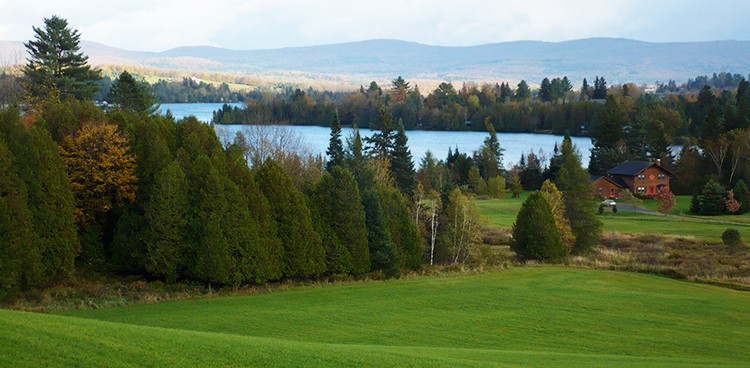
In a country with a strong diversity of delicious curds, labeling those brightly colored processed squares the all-encompassing “American” has always felt off-putting. So in my blog series, Pure Unprocessed American, I aim to detail what makes up the wide spread of real American cheeses, looking into the practical history of cheese in the States, reporting on official state cheeses and notable cheesemongers, and how different environments, from the Rockies to the Redwoods, affect the milk and the means for making cheese. Missed my introductory post? Check it out here!
When it comes to dairy, Vermont does not mess around. The state generates approximately $3 million per day on dairy alone. Over 80% of farmland is dedicated solely to various types of dairy. In more specific terms, that’s around 868 farms with 130,000 cows producing 321.25 million gallons of milk per year. From Ben and Jerry’s to Cabot Creamery, chances are high there’s a little bit of Vermont in many homes across the country.
The Green Mountain state has always had a history of cooperative business. The co-op movement itself has practically been around since the formation of the country, but the Vermont Agricultural Society&nmdash;founded in 1806—was the first in the state to bring farmers together. The goal of the group was to keep farmers up to date with any changes in European agricultural practices. They put an emphasis on the science of agriculture rather than thinking of economical or marketing improvements, which would come later in the 19th century. It wasn’t until the 20th century that a band of farmers came together to make one of the biggest producers of cheese that we know today.
Back in 1919, farming was a much cheaper livelihood. This meant farmers tended to make more milk than there was actually a market for. With this in mind, a group of farmers from the Cabot area banded together to deal with that surplus of dairy. So, with ninety-four farmers and one creamery, the group began producing as much butter as they could for the greater New England area. It wasn’t until the 1930s that they decided to hire a cheesemaker and help along an awakening of Vermont cheddar. During this time the collective was under the name Rosendale, which it retained until 1980s. Once the Cabot name was fully realized, production focused in on high-quality butters and cheeses, landing the company its first 1st place medal for best cheddar at the 1989 US Championship Cheese Contest.
Today, it has won awards for the world’s best cheddar and swept a variety of American cheese competitions time and time again. Now merged with Agri-mark, another New England co-op dating back to the early 1900s—Cabot has around 1,500 farms, four processing plants, and a wide-ranging line of products. As big as Cabot as grown, though, it has still remained true to one thing: families. The company is still run by a family collective and not a European overlord—it’s even registered as a B Corp! When it comes to that friendly American farmer attitude, you don’t see it much better than with Cabot.



